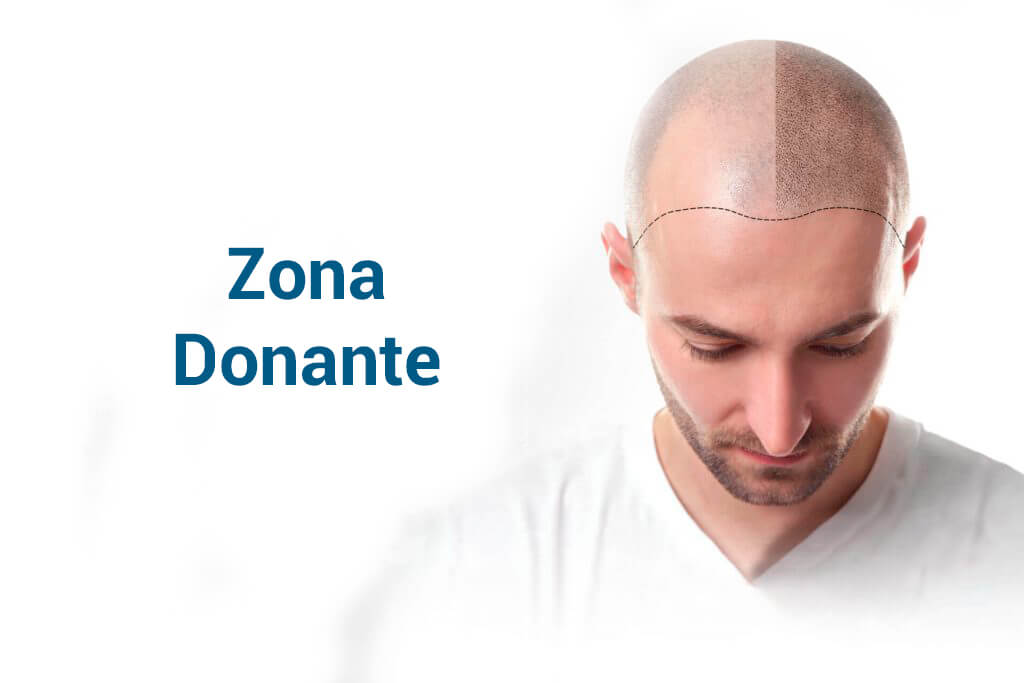DONOR ZONE
One concept to know, and more importantly, to respect, when talking about a hair transplant is the donor area. Obviously, you already know what it is but we want you to know more in depth some aspects of it because the truth is that the concern of patients is to extract the maximum number of follicular units, and this is not always appropriate for the area, as it is not only important what is achieved in the area where the hair has fallen out; it is also essential that the donor area is in perfect condition, healthy and aesthetically pleasing. Let's take a look at some information about this.
What is the donor zone?
When we talk about a hair regrowth treatment, we call the donor area the area from which we are going to extract the follicular units that will later be reimplanted in the area where there is less hair density.
That is, it is the skin where we have the most hairs and from which we will choose some of them to relocate them. For this reason, and since we are not manufacturing anything or doing magic, the donor area will lose hair density after the treatment.
Do you want to get your hair back? We have the perfect solution for you!
Characteristics of the donor area for hair grafting
Let's see how this area is characterised:
- Firstly, it is common for hair to be extracted from the nape of the patient's neck, as this is where there is usually a greater density. However, this should not worry you, as you can choose follicles from other areas. Let's see from which area we can obtain hair for grafting.
- The hair in this area is unlikely to fall out, unless you suffer from some type of alopecia such as diffuse alopecia, for example. For this reason and because it is the most similar to the hair we need in the recipient area, it is the first option.
- Back and chest. Their follicles are the same in terms of genetic characteristics as those in the nape of the neck area. The difference lies in the speed of hair growth, which is slower, which becomes evident during the weeks following the procedure.
- Arms and legs. Next we have the hair on the arms and legs. The hair structure is different, and it is impossible to match the hair in the area where the implant is to be performed, so the result will be less natural.
- Finally, if there is no other option, we can resort to facial hair. This is the same as in the previous case, with a greater structural difference (facial hair is thicker).
- It is spoken of as a function of how "intense" it is. Generally speaking, a nape of the neck (let's generalise) where the skin is not visible, even if the hair is short, is said to be very intense and, of course, more than enough to extract from it the total number of follicular units necessary for the operation.
- It will be considered not only the density of hair but also its extension, because, no matter how dense it is, if it is small, we will not be able to obtain as many hairs as we would like.
- It is essential that you consider the final appearance of the recipient area after the hairs are removed as this will be affected.
- The greater the loss, the longer it will take for the hair to look aesthetically natural again and the longer the hair will have to be to cover the lack of density. For this reason, we always indicate to the patient what the final result will be like, advising them to extract more or fewer follicular units according to their own characteristics.
